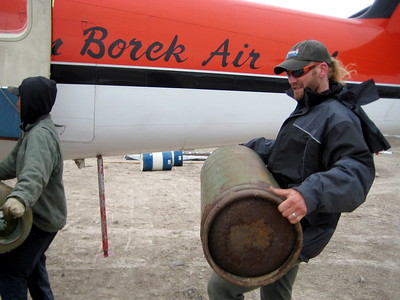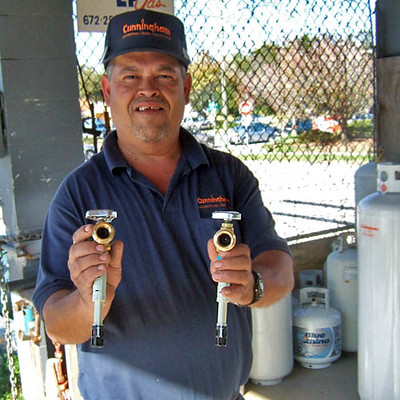Propane, a byproduct of natural gas processing and crude oil refining, is a popular fuel choice for various applications ranging from home heating and cooking to powering vehicles and industrial processes. While propane boasts benefits such as lower greenhouse gas emissions, efficiency, and versatility, it is also important to consider the drawbacks associated with this
Propane and natural gas are both widely used as energy sources in residential, commercial, and industrial settings. These two fossil fuels share many similarities, but there are significant differences in their environmental impact and emissions. This article will provide an in-depth comparison of propane and natural gas, exploring their production, combustion efficiency, and overall ecological
Propane is a versatile and widely used fuel source for heating, cooking, and powering various appliances. It’s stored in tanks of different sizes that are designed for safety and ease of transport. One question that arises for many users is whether a propane tank is lighter when empty. This may seem like a simple question,
A propane gas dryer does need a regulator. A gas regulator is necessary to control and maintain the proper gas pressure for the safe and efficient operation of your propane gas dryer. Propane gas typically requires a different pressure range than natural gas, so it is crucial to have a regulator designed for propane. Most
Setup Type Details Advantages Limitations Single Regulator When is one regulator sufficient? Simplicity, cost-effectiveness Pressure limitations, single-point failures Best suited for residential settings with limited propane appliances. Infrequent or predictable propane usage patterns. Performance under high demand Consistent pressure for all connected devices. Dual Regulator Purpose of two-stage regulators Stable pressure delivery, versatility in applications
A propane regulator is an essential component of any propane system, ensuring safe and efficient operation. It controls the flow of propane from the tank to the appliances, reducing high pressure to a safe, usable level. When using a 100lb propane tank, it’s crucial to select the appropriate regulator to meet the demands of your
To choose the appropriate regulator for your propane tank, you need to take into account several factors that will affect its compatibility with your specific setup and the appliances you intend to use. Here is a more detailed explanation of the factors you need to consider: When in doubt, consult a professional or the manufacturer
Propane regulators are designed specifically for use with propane gas, and they are not interchangeable with regulators for other types of gas. Propane regulators help to control and maintain the pressure at which propane gas is delivered from the tank to the appliance or system it’s connected to. Each type of gas has different properties,
Propane and butane are two of the most common types of Liquefied Petroleum Gas (LPG) used as fuel sources for various applications, including heating, cooking, and powering vehicles. While both are versatile and efficient, they have different characteristics that affect their performance and safety. A crucial aspect to consider when using these fuels is the








